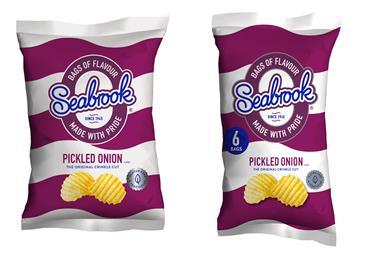Food to go has long been considered a growth opportunity for c-store retailers. With the total food-to-go market set to be worth £21.2bn in 2019, the opportunity for growth has certainly not changed. But while the largest segment remains the convenience store grab and go with a market share of 29%, this segment is losing share year on year due to competition from other segments such as Greggs and Subway, writes HIM’s Chloe Kent.
Although the value of food to go within convenience is set to increase, and the total food-to-go market set to increase by 3%, HIM’s Convenience Tracking Programme 2018 indicates that food to go is losing importance within convenience, with shoppers stating food or drink to go as their main shopper mission falling by 14% in 2018 compared with 2017. Even more concerning is comparing 2018 to 2014, where we can see there has been as 34% decline.
There is fierce competition from other channels such as coffee shops and sandwich shops. As a result, retailers also need to be tapping into key consumer trends: the breakfast occasion; offering healthier options; and improving meal deals.
While lunch-to-go options are long established within convenience, targeting the breakfast to go occasion is behind the rest of the market. With the breakfast occasion at a four-year high of 15.9% at total market level, this is an area to move into.
As well as moving into different day-part offerings, innovation within the range of food to go is becoming increasingly important. Shoppers are demanding healthier options, with 35% of shoppers saying that they drink fewer sugary drinks and 67% saying that they want healthier snacking options when buying food or drink to go.
Finally, meal deals are crucial to convenience. C-store shoppers place higher importance on meal deal options compared with supermarket or discounter shoppers, and lack of meal deal options is the number one reason shoppers don’t buy more food or drink to go.
Targeting these key trends will be key to growing food to go, and those retailers in prime locations should be differentiating themselves from the competition to drive incremental food-to-go footfall.

















No comments yet